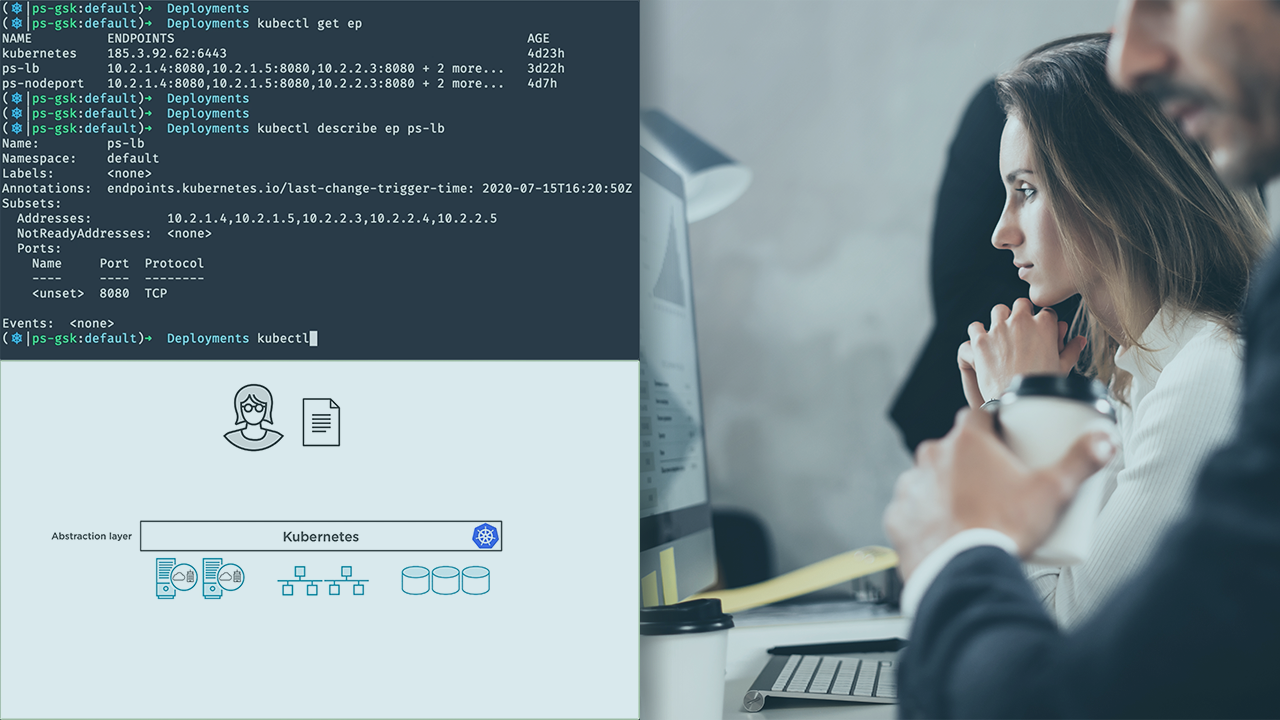- Course
Getting Started with Kubernetes
Kubernetes is the most important container management technology in the world. This course teaches you the theory and practical skills required to get you up and running as fast as possible.

- Course
Getting Started with Kubernetes
Kubernetes is the most important container management technology in the world. This course teaches you the theory and practical skills required to get you up and running as fast as possible.
Get started today
Access this course and other top-rated tech content with one of our business plans.
Try this course for free
Access this course and other top-rated tech content with one of our individual plans.
This course is included in the libraries shown below:
- Core Tech
What you'll learn
Containers are here and Kubernetes is the de facto platform for running and managing them. In this course, Getting Started with Kubernetes, you'll learn the fundamentals of Kubernetes and the 'Kubernetes way'. First, you'll dive into Kubernetes architecture, what the main components and services are, and how they come together to build a production-class container infrastructure. Next, you'll learn how to get Kubernetes on your laptop as well as a couple of cloud platforms. Finally, you'll deploy an application to Kubernetes using Pods, Services and Deployments. You'll scale the app, test self-healing, perform a rolling update, and finish with a versioned rollback. By the end of this course, you'll have a solid understanding of what Kubernetes is and how it works, as well as skills to deploy a Kubernetes cluster and simple applications.

